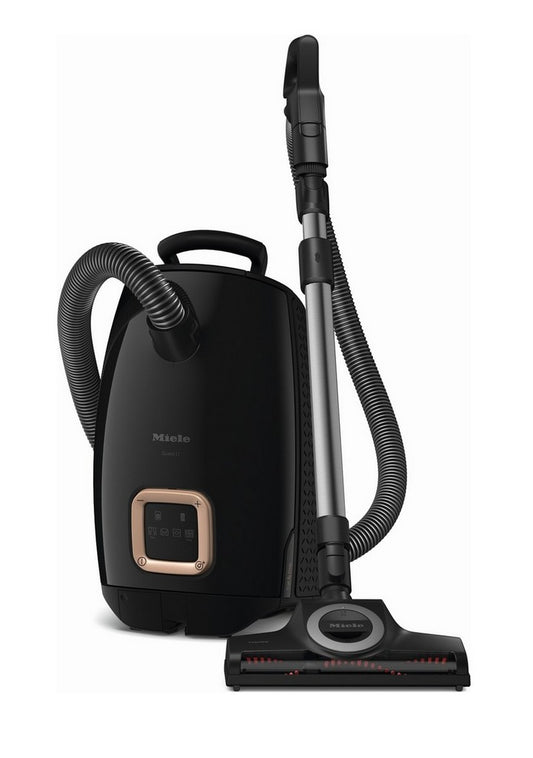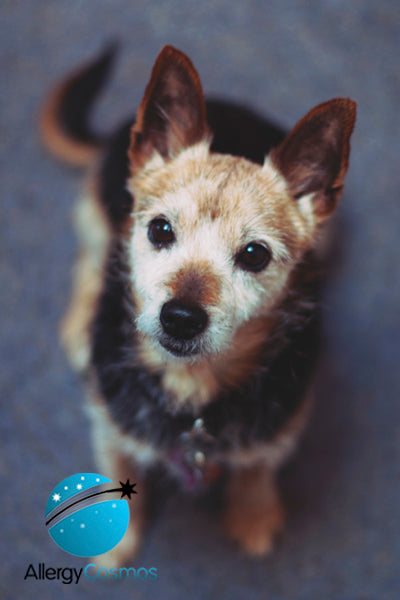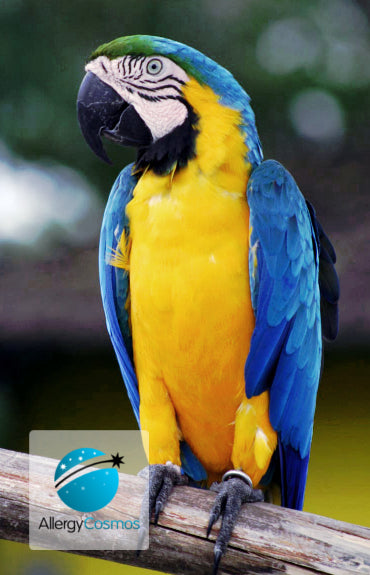
Pet Allergy
Pets produce dander, and the protein in it can cause severe allergic reactions for some people. Pet dander can easily become airborne and inhaled. Unfortunately, it is also very sticky and can cause allergic reactions for long periods of time (up to 20 weeks). If you share your home with a pet, you will find everything here that you'll need to know in order to go about creating a healthy indoor environment that will be beneficial to controlling both your, and your pet's, allergy symptoms.
Frequently Asked Questions
What are pet allergies?
What health problems does pet dander cause?
How does pet dander cause an allergic reaction?
What is cat allergen?
What is dog allergen?
Do hypoallergenic dogs really exist?
How do I avoid pet dander?
Related Products
-
Miele Guard L1 Cat & Dog Flex - Obsidian Black
Regular price £399.00Regular priceUnit price per -
Pet Lover Package
Regular price £64.95Regular priceUnit price per -
IQAir HealthPro 250 Air Purifier
Regular price £1,049.00Regular priceUnit price per






